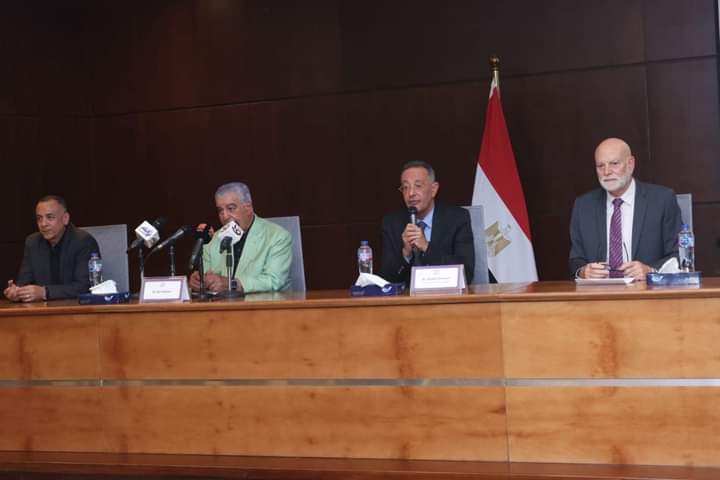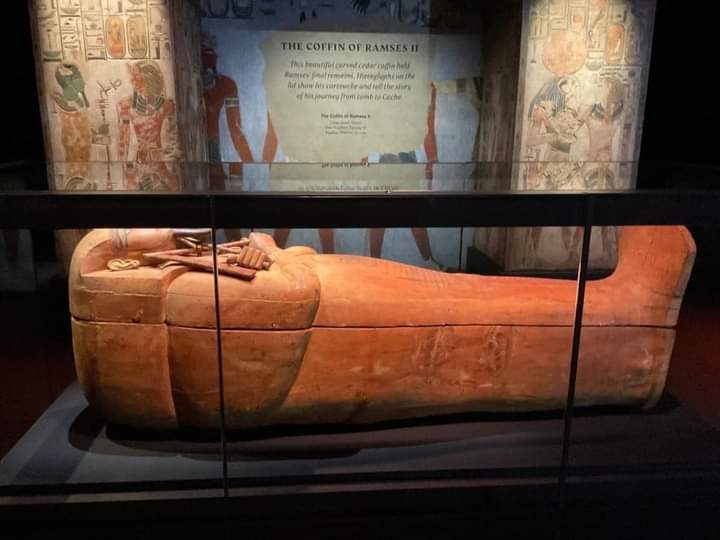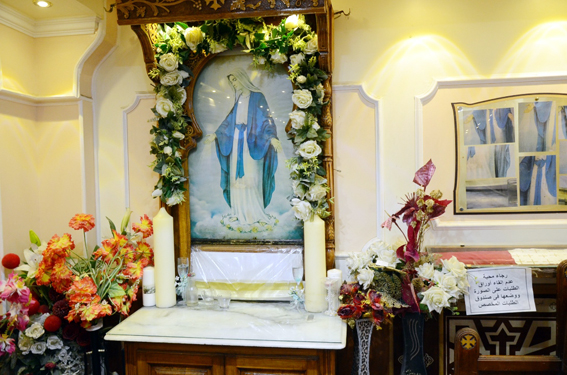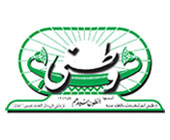The National Museum of Egyptian Civilisation (NMEC) in Fustat, Cairo, hosted on 23 October a press conference to announce that the exhibition “Ramses the Great and the Gold of the Pharaohs” would open in Sydney, Australia, on 17 November 2023.

Unique artefacts
The Ramses touring exhibition had started in Houston in November 2021, then moved to San Francisco for six months in 2022, then to Paris in April 2023 till September 2023. It will be opening at The Australian Museum in Sydney where it will run till May 2024.
The exhibition displays 181 unique, distinctive artefacts from the collections of the Egyptian Museum in Tahrir and other Egyptian museums, also from among discoveries in the Bubastian necropolis in Saqqara. The exhibits highlight the ancient Egyptian civilisation from the Middle Kingdom (2030 – 1650 BC) up to the Late Period (664 – 332BC). They include sarcophagi, statues, gold and silverware, the restored funerary mask of Egyptian Pharaoh Amenemope, exceptional jewellery and furniture from the untouched tombs of the city of Tanis.

The press conference at NMEC was attended by Ahmed Ghoneim, Managing Executive Director of the Authority of the National Museum of Egyptian Civilisation and his Deputy Maissara Abd Allah Hussein; also Mustafa Waziri, Secretary-General of the Supreme Council of Antiquities (SCA); archaeologist and former Antiquities Minister Zahi Hawass; John Norman, CEO of World Heritage Exhibitions which is the company organising the exhibition; and Ron Tan, CEO of Neon Global Group which handles the executive aspects of the exhibition. Dominic Goh, Ambassador of Singapore in Egypt was also in attendance.
Iconic sarcophagus of Ramses the Great
The press conference at the NMEC began with screening a short documentary on Ramses II.
Mr Ghoneim then highlighted the fact that the NMEC is loaning the exhibition the sarcophagus of Ramses II, saying that it constitutes an outstanding addition given that Ramses II, also known as Ramses the Great, was among Egypt’s greatest pharaohs. His 67 years of reign in 1279 – 1213BC saw Egypt at its most glorious and powerful. He was famous for being a “Master of Builders” who erected more temples, colossi, and obelisks than any other Egyptian king, also for his stunning, gigantic tomb that includes inscriptions and artefacts magnificent in both quantity and quality.
“The sarcophagus of Ramses the Great is among the unique artefacts housed in NMEC, which never fail to impress Egyptians and non-Egyptians,” Mr Ghoneim said. “Its display in Sydney will serve as the best representation of ancient Egypt and its time-honoured civilisation.”

According to Kim McKay, Director and CEO of The Australian Museum in Sydney, the sarcophagus of Ramses the Great will be star of the show at the Sydney exhibition. “Displaying this amazingly beautiful sarcophagus which is a work of inestimable value and a powerful symbol of one of the greatest leaders of the ancient world, is a great success for The Australian Museum in Sydney.” Sydney, she said, will be the second city in the world, after Paris, to display the sarcophagus. It is a wonderful opportunity for the Australian public to see it in reality with the rest of the unique artefacts, she said.
Ramses’s tomb
With a view to giving the attendants a sense of how great and revered Ramses II was, Dr Hawass talked about excavation works in the tomb of Ramses II in the Valley of the Kings on Luxor’s West Bank. He explained that the Egyptian mission, which he heads and which has been working at the tomb since 2021, was able to remove debris that had over the years blocked many of its passages. This revealed the huge tomb, the method of its construction, its design and inscriptions. “It is among the most complete of the royal tombs discovered,” Dr Hawass said, “and includes copious inscriptions. Its shaft is 9 metres deep, the deepest in the Valley of the Kings, and is completely covered with inscriptions of the afterlife. They include chapters from ancient Egyptian funerary afterlife books such as the “Book of Gates” and the “Book of Imy-Duat,” or “What is in the Afterlife”.

Dr Hawass said that the mission was able to measure the size of Ramses’s funerary treasure using a special measurement system; it showed evidence that the king’s huge funerary furniture was moved outside the tomb not by robbers but by the priests of the Egyptian god Amun in the Late Period.
The excavation showed that the priests and architects could not take the large-size objects outside the tomb in the same way the king’s men brought them inside. So they had to dig floors and ceilings to make way to remove the treasures. Given that these treasures were not destroyed nor seized by robbers, there is still a possibility of discovering them, he added. He also said there were ardent hopes the mission would uncover a tunnel believed to have led from the tomb of Ramses II to that of his father Seti I, another great pharaoh who ruled in 1290 – 1279BC.
100,000 tickets sold
According to Mr Norman, CEO of World Heritage Exhibitions, some 100,000 tickets have already been sold, which promises a huge success for “Ramses the Great and the Gold of the Pharaohs”.
For his part, SCA’s Dr Waziri lauded the enthusiasm of The Australian Museum in Sydney for hosting the exhibition and promoting it. Dr Waziri gave a briefing on the international touring exhibition, explaining that it first opened in November 2021 at Houston Museum where it remained for six months then moved to San Francisco, with each destination witnessing a few hundred visitors. In April 2023 “Ramses the Great and the Gold of the Pharaohs” moved to Paris at La Villette where it received 817,000 visitors in five months, achieving success as great as that of the Tutankhamun exhibition which La Villette had hosted in 2019.

Dr Waziri, accompanied by an Egyptian delegation, had been in Sydney last July to inspect the halls that would host the exhibition. They checked the galleries, the display set-up, and the security and precautionary measures applied to ensure the safety of the artefacts to be exhibited.
Watani International
24 October 2023
















